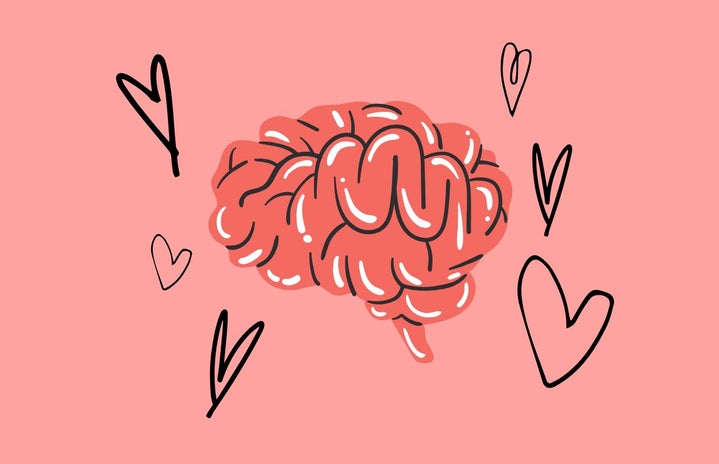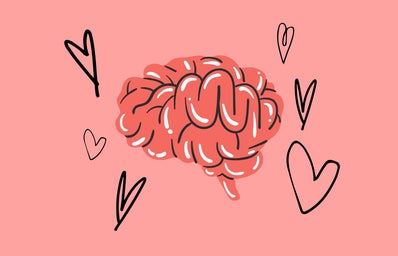With lots of talk of BPD on social media platforms like TikTok, I decided to provide some information on the illness. BPD awareness is crucial for everyone, regardless of whether you have the illness or not.
What is BPD?
According to Mayo Clinic, borderline personality disorder (BPD) is a mental illness that is categorized as a cluster B personality disorder—amongst antisocial personality disorder, histrionic personality disorder, and narcissistic personality disorder. Cluster B disorders are defined as overly dramatic, unpredictable thinking and/or behavior, which usually involves intense or heightened emotions.
What are the symptoms of BPD?
Mayo Clinic lists the hallmarks of BPD as: inappropriate, unpredictable outbursts of anger, distorted sense of self, unstable relationships, intense fear of abandonment whether rational or irrational, paranoia that lasts only up to a few hours, impulsivity, suicidal and self-harming tendencies or thoughts, perpetual feeling of emptiness, and intense mood swings. A strong candidate for diagnosis should identify with at least five out of the nine symptoms.
What causes BPD?
Genetics can play a role in an individual diagnosed with BPD, as if a close family member has the illness, the risk factor heightens. However, the biggest risk factor for BPD includes an unstable home life in childhood, exposure to addiction as a child, sexual, verbal, emotional, or physical abuse as a child, and neglect during childhood, according to HelpGuide. The causes of BPD are not fully understood by psychologists due to the complexity of the illness, however, many individuals with BPD have expressed similar situations and upbringings during childhood.
How can someone be treated for BPD?
Cluster B personality disorders are notoriously difficult regarding treatment; however, there are many resources someone with BPD can utilize to alleviate some of the symptoms. Dialectical Behavioral Therapy is the most common form of treatment for BPD, as the therapy gives the patient tools to regulate emotion, become more aware of reactions, and understand triggers. Since there is not currently a medication to specifically treat BPD, psychiatrists may prescribe mood stabilizers, such as Lamictal, or antidepressants, such as Zoloft or Lexapro, says The National Library of Medicine. Mood stabilizers can help patients control the extreme highs and lows that accompany BPD. The antidepressants can aid in suicidal thoughts, depression, and anxiety, which are also common with BPD. Since there is not a cure for the disorder, managing symptoms —especially suicidal ideation, thoughts of self harm, impulsivity, and risky behavior—is a priority.
What illnesses can be mistaken for BPD?
Many other illnesses and disorders are mistaken for BPD: ADHD, autism, bipolar disorder, PTSD, addiction, and other personality disorders are commonly confused with BPD. Although the illnesses all have similar characteristics, what mostly sets BPD apart from the rest is the intense fear of abandonment and feeling of emptiness. Other disorders that share similar traits to BPD usually do not express these two symptoms. Additionally, disorders such as bipolar, eating disorders, anxiety, substance abuse, and more, according to HelpGuide.
References:
Crawford, M., Sanatinia, R., Barrett, B., Cunningham, G., et al., 2022. Introduction. [online] National Library of Medicine. Available at:
HelpGuide.org. 2022. Borderline Personality Disorder (BPD) – HelpGuide.org. [online] Available at:
Mayo Clinic. 2022. Borderline personality disorder – Symptoms and causes. [online] Available at:
Mayo Clinic. 2022. Personality disorders – Symptoms and causes. [online] Available at:


